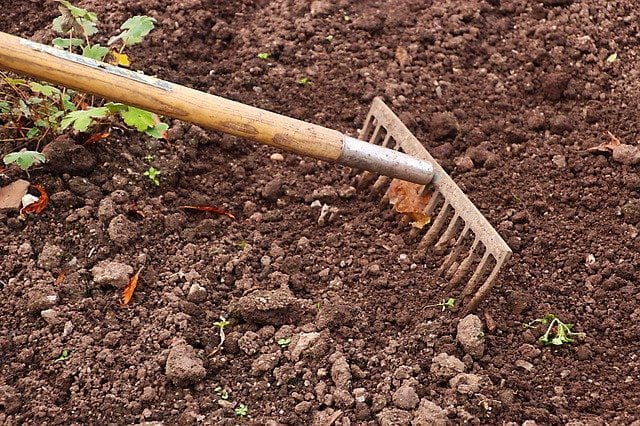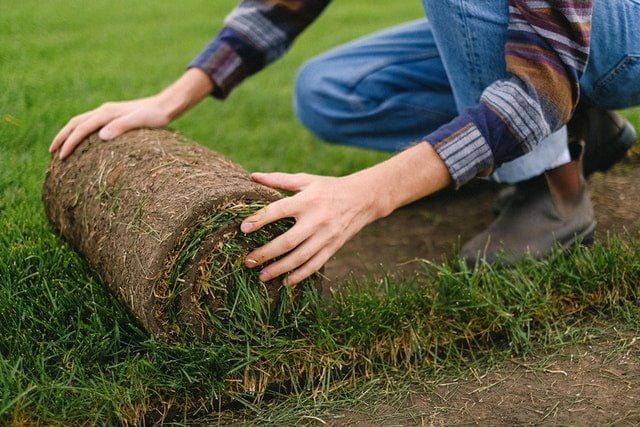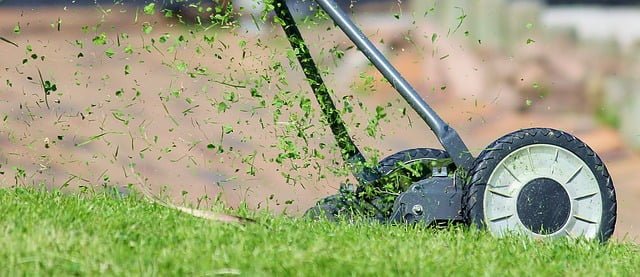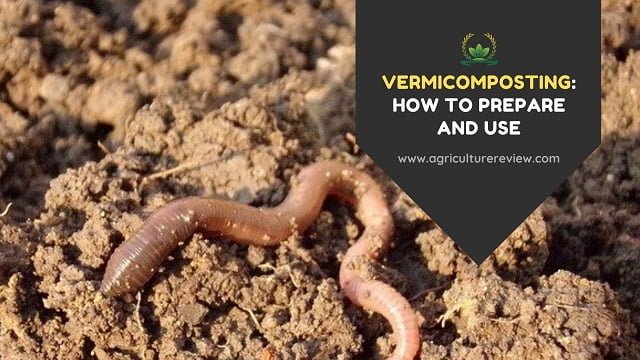This ultimate guide on how to grow grass will help you in growing grass faster for landscaping garden or farm. Get to know various types and methods of growing grass. Grass adds specific beauty in landscaping a garden.
It is often said that,
“A garden without lawn is like a King without her beloved Queen.”
However, this is not the case with a beautiful terrace garden. But people with optimum space in front or backyard love to beautify their garden by growing luscious grass. So if you are the one who is willing to grow grass in your garden or farm, then this article is definitely going to help you.
Without wasting your time I would like to introduce you with various types of grass across the world. These types of perennial grasses are popular for landscaping and will help you in understanding their requirements.
Table of Contents
Types Of Grass
According to climate you can generally classify grass as warm season and cool season grass. Moreover you can select anyone among them according to your local climate, soil conditions, water availability and texture.
Bermuda Grass (Cynodon dactylon)
Also known as doob grass, hariyali grass or arugu grass, is suitable for open sunny location and warm climate. You can even grow this grass in dry regions as they are draught tolerant. However it is high maintenance grass and requires timely fertilization and mowing.
Bermuda grass or doob grass can grow well in fertile loamy soil. It goes dormant during cool winters hence avoid growing them in cool regions. Growing them will give the appearance of bright green turf.
St. Augustine Grass (Stenotaphrum secundatum)
Also known as buffalo grass in South Africa can grow very well under direct sunlight or shady location and warm sub tropical to tropical climate. Buffalo grass requires frequent watering but is somewhat draught tolerant.
St. Augustine grass can grow well in well drained, sandy loam soil. Just like Bermuda grass they also can not grow well during cool winters. Growing this grass will give the appearance blue to grey green turf.
Centipede Grass (Eremochloa ophiuroides)
It is a warm season grass that can grow well in warm tropical climate with abundant rainfall. This grass species requires frequent watering and has low draught tolerance. Hence avoid growing them in regions with scarce rainfall.
Centipede grass is a low maintenance grass but can not withstand heavy foot traffic.
Japan Grass (Zoysia Sp.)
Also known as Zoysia grass, Korean grass is suitable for regions where summers are warm and winters are cool. This grass species requires less frequent watering and can perform well in poor sandy soil.
This grass species is native to southeast Asia and Indonesia. Zoysia grass can also grow well under partial shade sunlight. Japan grass can grow in temperate as well as tropical climate.
Kikuyu Grass (Cenchrus clandestinus)
It is a moderately draught tolerant grass species that can grow well in high elevations in tropical regions. Moderately drained, fertile, alluvial to moist sandy soil are good for growing Kikuyu grass. It can also survive well in slightly acidic soil.
This grass species grows rapidly hence require frequent mowing and love to thrive well under direct sunlight.
Fescue Grass (Festuca Sp.)
You can grow this grass species in warm as well as cool climatic conditions. However it is primarily a cool season grass and is also draught tolerant. You can easily grow them under direct to partial shade sunlight.
They are native to Europe and is also cultivated in agricultural farms. It can grow on wide range of soil but clayey soil rich in organic matter is good for growing fescue grass.
Kentucky Bluegrass (Poa pratensis)
Also known as KGB can be a good choice if you are planning to grow in cool climatic conditions. It can grow well under direct sunlight and can not tolerate draught, hence requires frequent watering. KGB grows rapidly and requires frequent mowing.
Now when you have learned about various type of grass, let’s start learning how to grow them.
How To Grow Grass?

Basic steps that you need to take care are site selection, preparation, levelling, propagation, rolling, mowing, fertilization, watering, and restoration of patches. Apart from these you will also need to take care of problems associated with lawn management.
Let’s start learning about them one by one;
Site Selection & Preparation
Layout of the garden in relation to artificially built structures mainly decides the site where you should grow grass. Moreover south, south-east or south-west regions where sunlight is throughout the day is good for lawn purpose.
Also check water availability in the region you are going to grow grass.
For preparation of soil, dig up to 45 centimetres depth and expose to sunlight during late spring or early summers for warm season grasses. For cool season grasses, late summer or fall is the best time to start preparation. Plantation time mainly depends on the type of the grass.
The ideal soil pH ranges for 5.5 to 6.5 for growing grasses. If the soil is too acidic then you can add 500 grams/m2 lime and if it is alkaline then add 500 grams/m2 gypsum to neutralize.
Turn the soil 2 to 3 times and remove stones, rocks and clods. Add 10 to 15 centimetres layer of organic manure like Farm Yard Manure and mix it well with the soil. Now irrigate the area thoroughly and wait for the weeds to germinate. Once they germinate then remove all the weeds manually.
For removing weeds you can also spray non-selective herbicides like paraquat or gramaxone 1 litre per hectare mixed in 1000 litres of water.

Levelling
Levelling is very important for uniform land appearance and removal of weeds, rocks, pebbles, and soil clods. With the help of spade or lawn levelling rake, level the soil properly and check by flooding the area with water for drainage. You can also check by stretching the rope over the region for perfect slope.
Now you site is ready for plantation of grass. You can grow grass from seeding, turfing, turf plastering, dibbling roots, and sprinkling. Let’s discuss about them one by one.
How To Grow Grass From Seed?
Bermuda, Fescue, and Kentucky bluegrass are perfect for growing from seed or seeding method. Generally seeding method is preferred for cool season grasses. Only practice this method when grass roots are not available as it will take long time.
For one hectare area take 25 to 30 Kilogram of seeds. Mix the seed in 250 Kilogram of sand or saw dust and then broadcast them evenly on the prepared area. Practice light rolling with the help of a roller to distribute seeds evenly and then irrigate with the help of sprinklers.
It will take around a month for seeds to germinate properly. Keep irrigating the field timely during this time.
Turfing
This term may seem difficult but it simply means compact grasses with soil. This is most expensive method of growing grasses, however it is also the most quickest method. To practice turfing cut out square or rectangular shaped turfs from places where grasses are short and free from weeds.

Plant them properly side by side and beat them flat with the help of a turf beater. Fill the empty spaces between turfs with fine soil. Practice heavy rolling after plantation and give frequent irrigations.
Dibbling
Take small bunch of grasses along with roots and little stem. Plant them at spacing of 10 to 15 centimetres apart row to row and plant to plant. Apply frequent irrigations after dibbling till establishment of grasses. It is the cheapest method of growing grasses however it takes good time.
The best time to practice dibbling is after rain in the months of June to September.
Turf Plastering
In this method, take grass roots with 4 to 5 centimetres stem and mix them with organic compost. During rainy season spread this prepared mixture evenly on the site. Practice light raking and then rolling to mix grasses. With the help of sprayer give frequent irrigation.
Practice mowing after 70 to 80 days. You can grow Bermuda or Doob grass very easily by practicing this method.
Lawn Care Guide
Once grasses get well established then you need to care for them for better results. This includes fertilizing, watering, rolling, mowing, and other necessary steps. Let’s discuss about them one by one.
Fertilizers
Just like other plants grasses also need fertilizers time to time for good growth and development. You can fertilize thrice a year to maintain good growth. Add 10 Kilograms of organic compost per 10 square metre area thrice at regular intervals.
Along with this you can also add 10 to 15 kilograms of lime and same amount of SSP. You can also use Sun hemp green manure as it is a very good fertilizer for lawn.
Watering
Frequency and amount of watering mainly depends on soil, grass type, and climate. Avoid frequent light irrigation as it can cause poor root growth, Instead increase the intervals and apply water up to 5 to 15 centimetres depth at 10 days interval. It results in deeper root growth of grasses.

Early mornings are the best time to apply watering in the field.
Mowing
With the help of mower we cut lawn grasses to maintain its attractiveness. You should practice this at brief intervals. Maintain 5 to 7 centimetres height of the grass and do not remove more than 1/3rd of the grass during mowing.

Only practice mowing on the dry grasses and make sure to sharp the mower’s blade and change the oil once or twice during the active season.
You can use this product for trimming lawn grass: Lawn Trimming Machine
Rolling
Rolling with the help of roller helps in maintaining uniformity of growth. It keeps the area well levelled. Practice heavy rolling at the beginning of rainy season when grasses are neither too wet nor too dry. Then you can practice light rolling in subsequent months depending on types of grasses.
Weeding
Timely weeding is necessary to control the growth of weeds in the lawn. Regular mowing also helps in removing weeds, however for controlling broad leaved weeds you can spray 0.05% 2,4-D.And for narrow leaved weeds you can use 1.5 Kilograms of Atrazine per hectare in 1000 litres of water.
Disease Management
Common diseases such as Damping off, root rot, grey leaf mould, powdery mildew, and fairy ring can affect your lawn. You can spray Bordeaux mixture at fortnightly intervals to control these diseases. Chlorosis also occurs in which grasses turn yellow. It is due to Magnesium and Iron deficiency.
To control chlorosis, spray 25 grams of ferrous sulphate dissolved in 10 litres of water per square metre and 100grams of magnesium sulphate in 10 litres of water.
Pest Management
Pests such as leafhoppers and nematodes can invade into your lawn. To control leafhoppers spray Dimethoate 2 ml per litre of water and for nematodes apply Furadan 40 grams per square metre.
FAQ
How to grow grass faster?
Turfing is the fastest method to grow grass, however it is also the costliest method. You can select Bermuda grass if you want to grow grass faster.
Will grass grow back after dog urine?
Well we all love pets but sometime they can pee at wrong places. Grasses die due to dog urine but there is a solution. Take out dead grasses and re plant grass in the affected region in circular manner.
How to grow grass in shade?
To grow grass in shade you have to select grass type that do well in shade. You can select Fescue, Buffalo, and Joysia grass for this purpose.
What is the name or type of lawn grass to be grown in North India?
We can grow Bermuda grass very easily in North India. If your region is relatively cooler than plains region in North India, then you can also grow Fescue or Japan grass.
Why is it a good idea to have grass and grass growing on unused open land?
Growing grasses on unused open land helps in reducing soil erosion resulting from the action of wind and water, moreover it also creates soothing landscape.
Durva grass is grown by roots or not?
Yes, Durva or Bermuda grass could be grown from roots, try dibbling method in which small bunch of grasses along with roots and little stem is used.
Which is the best pesticides to grow lawn grass?
You can use Dimethoate @ 2 ml per litre for controlling grasshoppers, and Furadan @ 40 grams per square metre for controlling nematodes. They are quite effective.
If waste decomposer is of any help in growth of grass in lawn?
Yes, applying waste decomposer could help you in increasing grass foliage as it is a bio-fertilizer.
How to increase cooling in open lawn?
Irrigation helps in lowering soil temperature in open lawn, so if temperature is too high, then you can irrigate your lawn. However, try to avoid excess irrigation.
What time does it take to grow carpet grass?
If you grow carpet grass by turfing, then it will take around 14 to 20 days to get develop new roots.




